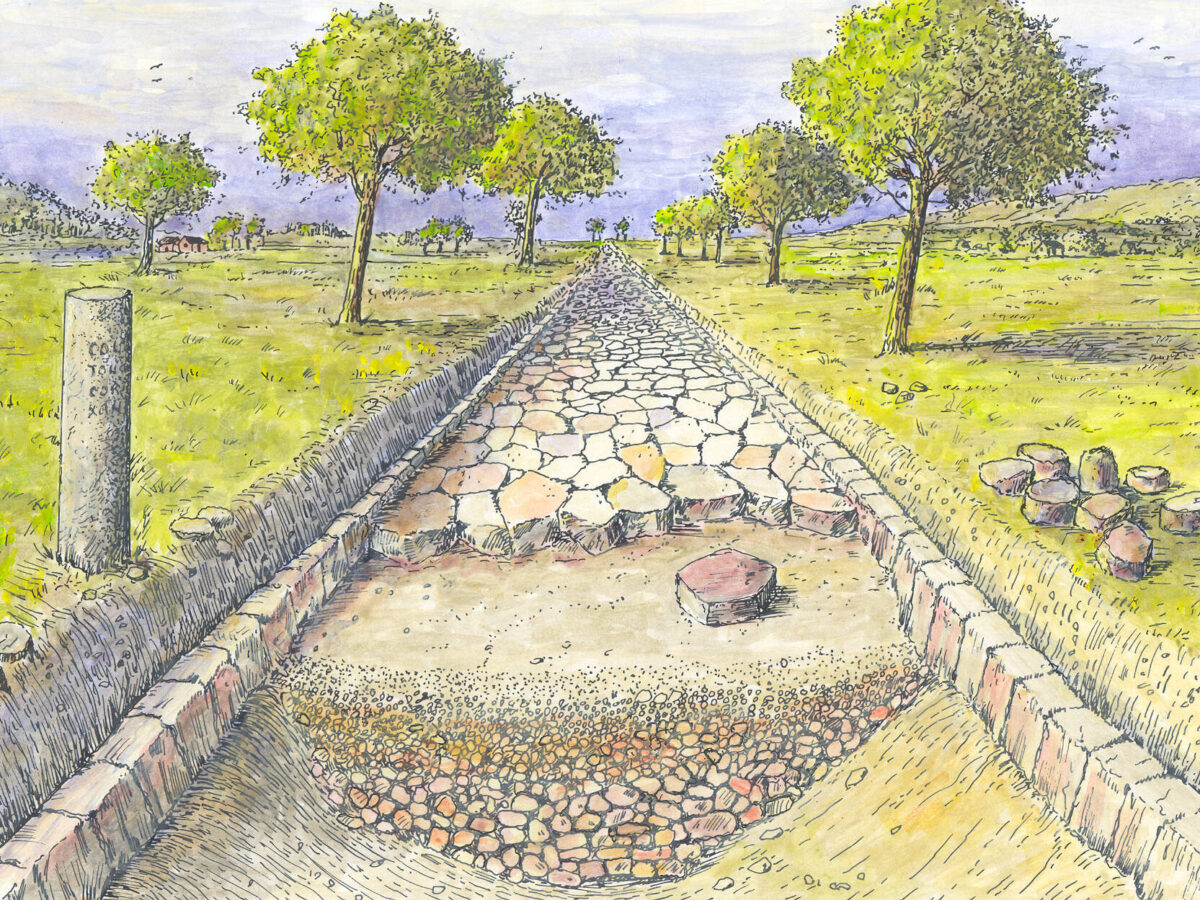PUBLICATION – Roman villa’s. New perspectives on villa development in Northwestern Europe
Author: Harry Lindelauf
Photography: RMO, Mikko Kriek
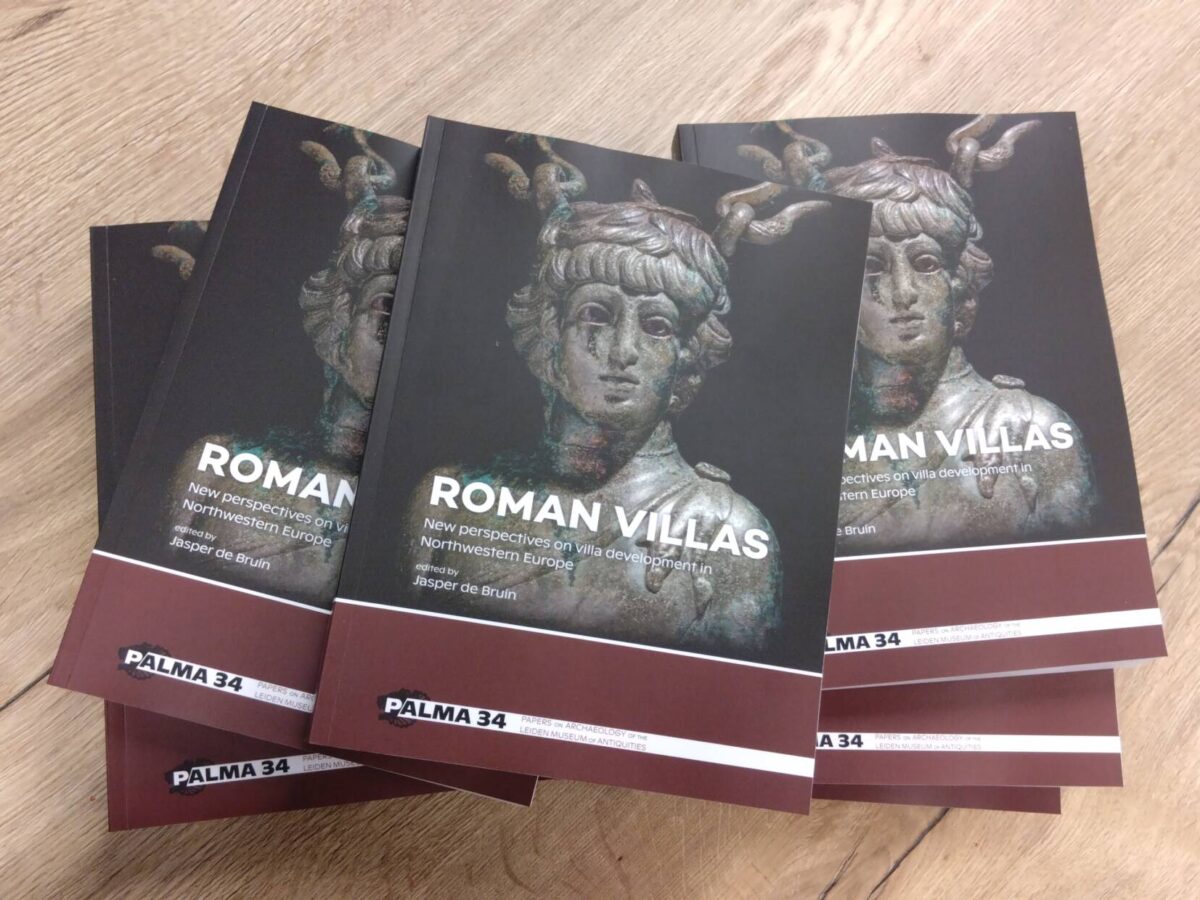
Did the wealthier Roman villas have their own watermill?
It is likely that the wealthier Roman villae rusticae in Limburg had their own watermill. The owners grew richer thanks to the mills: they earned money from the cultivated grain and from grinding both their own grain and that of other farmers.
This remark about watermills appears in the English-language book Roman Villas. New Perspectives on Villa Development in Northwestern Europe. The book was published in mid-September 2025 and presents the results of the research and public project A Roman Idyll. For four years, the National Museum of Antiquities (Leiden), Limburgs Museum (Venlo), Roman Museum (Heerlen), and the Cultural Heritage Agency of the Netherlands worked together. The results can also be seen in the exhibition of the same name at the Roman Museum in Heerlen (until 4 January 2026).
Rimburg, the exception
Editor-in-chief and author Jasper de Bruin of the National Museum of Antiquities uses the word “likely” with caution. For good reason: hardly any remains of watermills from Roman times have been found.
Fortunately, there are exceptions: in Rimburg, excavations in the 1920s uncovered a large amount of timberwork. These turned out to be channels and part of a mill wheel with paddles. The entire installation was located right next to the Roman bridge, part of the Via Belgica.
Heerlen can be proud of millstone fragments found in a filled-in well on the grounds of the Roman bathhouse. In 2007, a large millstone fragment was discovered in a Roman cellar along the Valkenburgerweg.
Photo: Artist’s impression of the Roman watermill in Rimburg (Mikko Kriek)
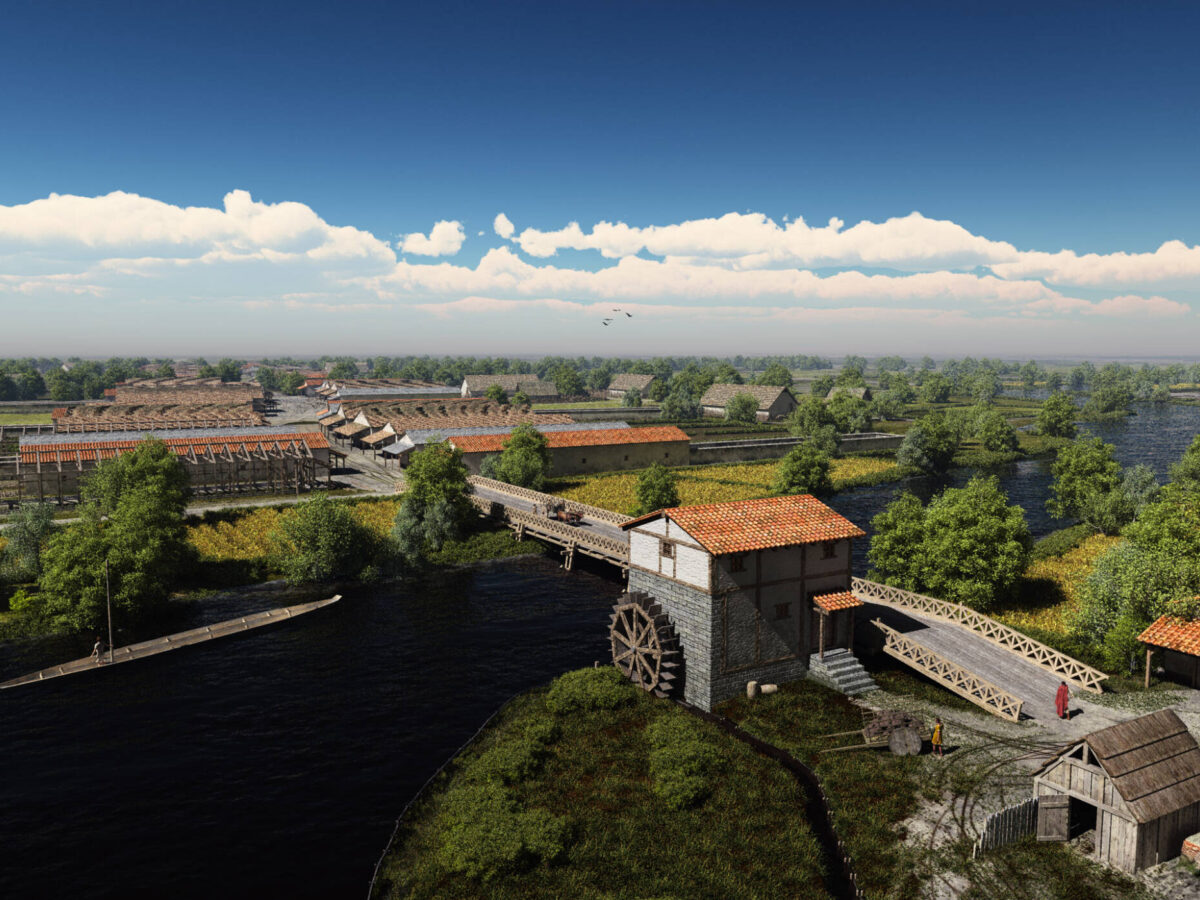
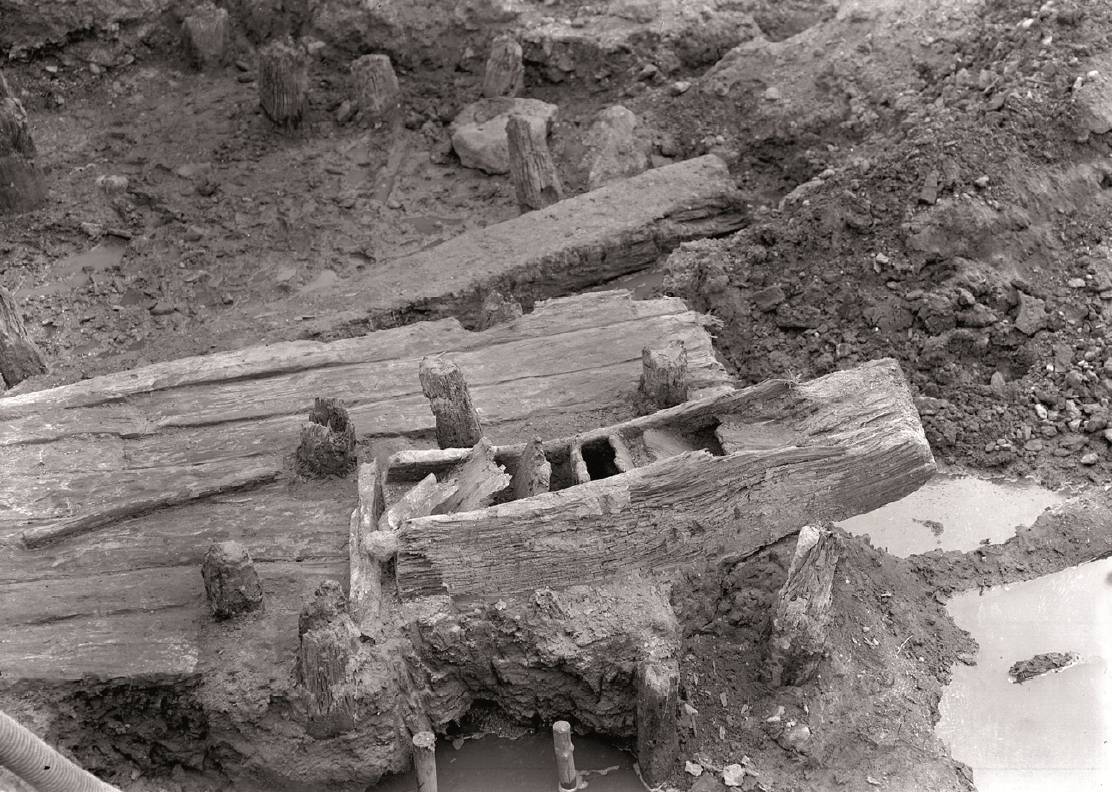
Further research
In the book, Jasper de Bruin focuses mainly on the wealthiest Roman villas: Voerendaal-Ten Hove, Valkenburg-Ravensbosch, Simpelveld-De Molt, Mook-Plasmolen, Meerssen-Onderste Herkenberg, and Bocholtz-Vlengendaal. All these complexes stand out for their size and the luxury of their interiors. In De Bruin’s view, they are strong candidates for watermills that could have financed that luxury.
The curator of Roman Antiquity at the National Museum of Antiquities calls for further research. This can be done with Lidar measurements (laser scanning) to detect sites by differences in landscape elevation, and with field surveys.
Photo: Archaeological remains of the Rimburg watermill.
The research project A Roman Idyll was funded by the Mondriaan Fund, through the multi-annual programme Museums and Heritage Institutions. A thorough analysis was made of thousands of villa finds in Limburg and of old excavation documents preserved in archives and depots. In addition, aerial photographs and data from recent excavations were used to gather extra information. Amateur archaeologists, museum visitors, and heritage enthusiasts in Limburg also contributed to several participatory projects.
Photo: Fragment of a millstone found near the Valkenburgerweg in Heerlen.
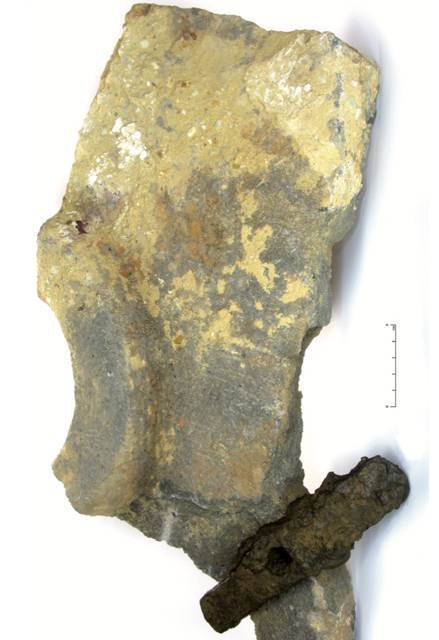
This project also includes the exhibition Roman Villas in Limburg, which was first shown in Leiden and Venlo, and now can be seen in Heerlen until 4 January 2026.
Seven short videos (3 minutes) with research stories connected to the exhibition are available on YouTube.
Roman Villas. New Perspectives on Villa Development in Northwestern Europe has been published by Sidestone Press as volume 34 of PALMA, the English-language scholarly series of the National Museum of Antiquities.
The e-version of the publication is available via:
- https://www.sidestone.com/books/roman-villas
- Paperback ISBN: 9789464263473 (€85)|
- Hardback ISBN: 9789464263480 (€150)

